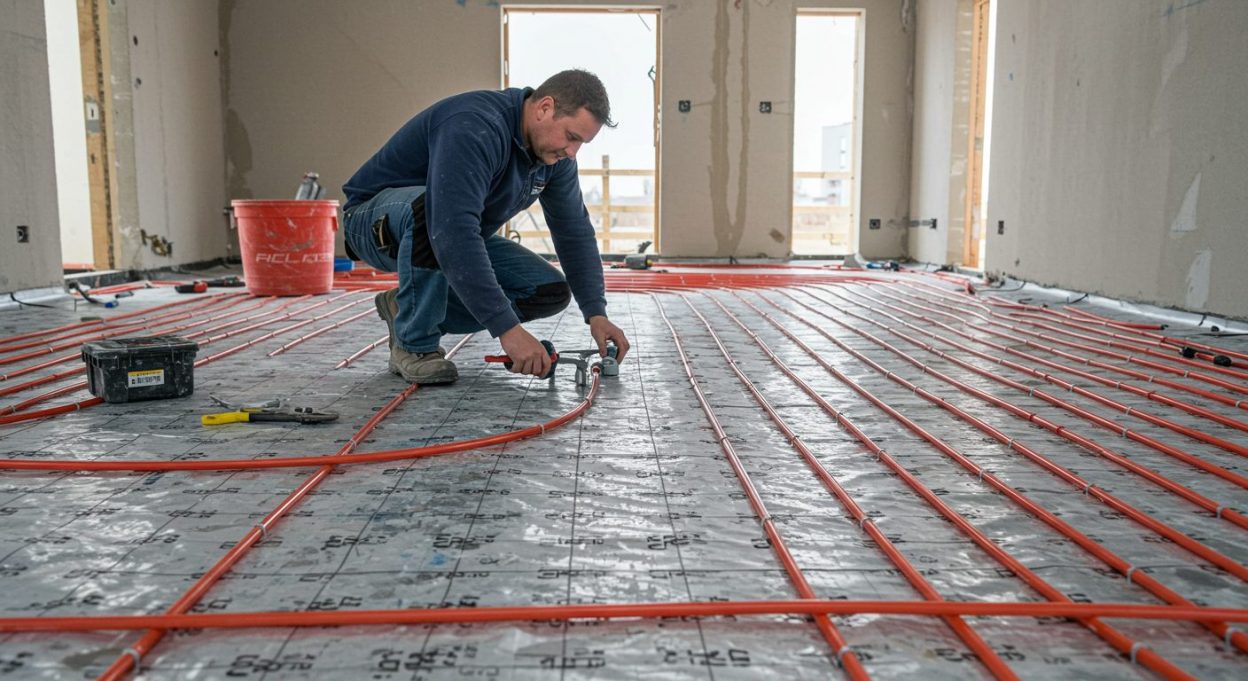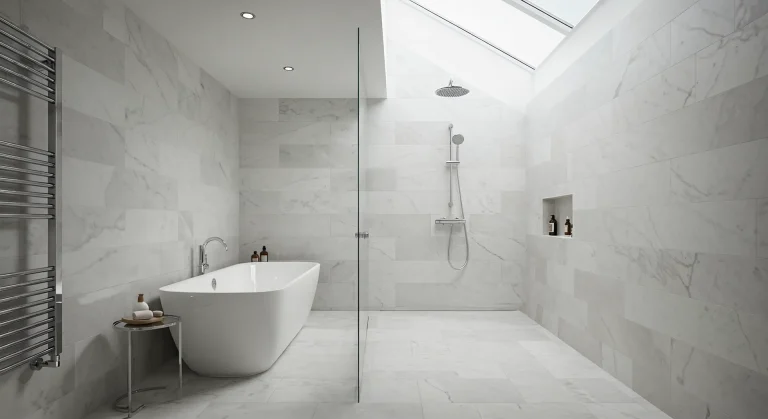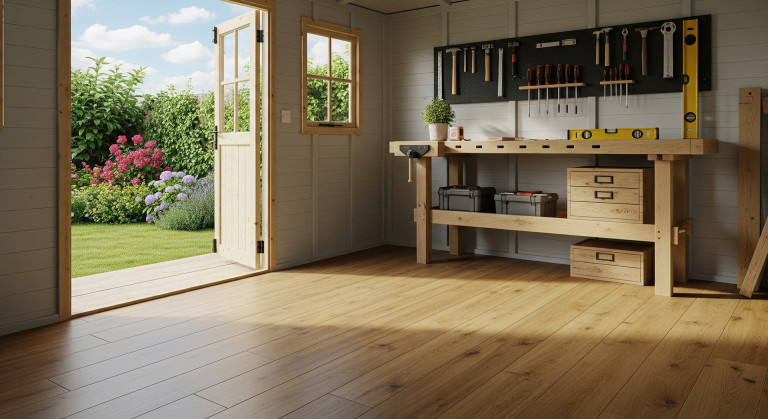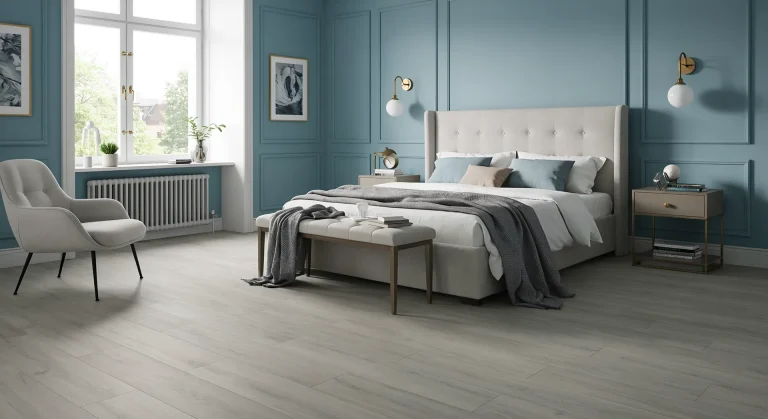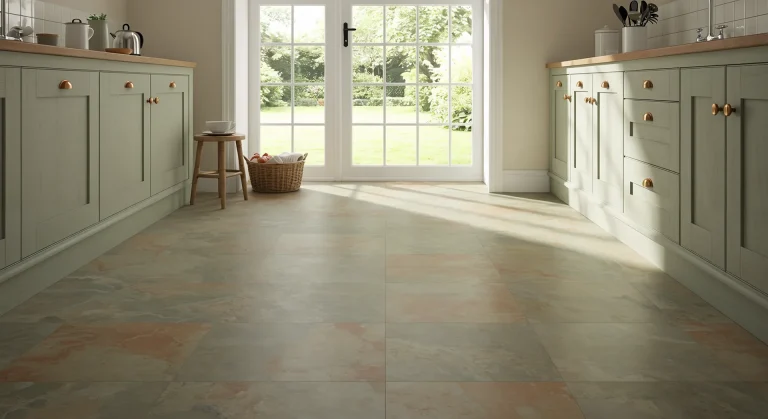Imagine stepping out of the shower onto a floor that is already blissfully warm, or enjoying a consistent, cosy temperature throughout your living space without any visible radiators. This is the quiet luxury of underfloor heating (UFH). Once considered a high-end extra, UFH has become an increasingly popular and attainable heating solution in UK homes, prized for its exceptional comfort, energy efficiency, and design freedom.
But what exactly is underfloor heating? How does it work, and what are the differences between the main types available? This ultimate UK guide for 2025 will explore everything you need to know. We’ll compare wet and electric systems, delve into the significant benefits, explain which flooring types are compatible, decode the all-important “Tog rating,” and look at installation and cost considerations to help you decide if UFH is the right choice for your home.
Jump to Section:
- What is Underfloor Heating and How Does it Work?
- The Two Main Types: Wet vs. Electric Underfloor Heating Systems
- The Big Benefits: Why is UFH a Top Choice for UK Homes?
- Flooring for Underfloor Heating: What Works and What Doesn’t?
- The Tog Rating Explained: A Crucial Factor for UFH Performance
- Installation Insights: DIY vs. Professional Fitting in the UK
- Understanding Underfloor Heating Costs in the UK (2025)
- The Verdict: Is Underfloor Heating Worth It for You?
What is Underfloor Heating and How Does it Work?
Underfloor heating is a form of central heating that provides warmth from beneath the floor finish. Instead of using wall-mounted radiators that heat the air in one spot, UFH turns your entire floor surface into one large, gentle radiator.
This is achieved using radiant heat, which works differently from the convection heat produced by traditional radiators.
- Convection (Radiators): Radiators heat the air directly next to them. This hot air rises, circulates around the room, cools, and sinks, creating air currents and often leaving cold spots and a stuffy feeling.
- Radiant Heat (UFH): UFH warms the objects and people in the room directly, just like the gentle warmth of low winter sun. This creates a much more even and comfortable temperature profile, with warmth rising gently from the floor. The result is the ideal comfort condition: warm feet and a slightly cooler head level.
The Two Main Types: Wet vs. Electric Underfloor Heating Systems
There are two primary types of UFH available for UK homes, each with distinct pros, cons, and ideal applications.
Wet (Hydronic) Underfloor Heating: The Whole-Home Solution
How it works: A system of durable pipes is laid within the subfloor (often embedded in a concrete screed). Warm water, heated by a primary source like a boiler or, increasingly, a heat pump, circulates through these pipes to warm the floor above.
Best For: New builds, major renovations, extensions, and whole-house heating projects in the UK.
Pros:
- Very Low Running Costs: Significantly cheaper to run than electric UFH or traditional radiator systems.
- Highly Energy Efficient: It operates at much lower water temperatures (around 35-45°C) than radiators (65-75°C), making it incredibly efficient, especially when paired with modern condensing boilers or heat pumps.
- Whole-House Solution: Can be used as the primary heat source for an entire property.
Cons:
- High Upfront Installation Cost: More expensive and complex to install than electric systems.
- Disruptive Installation: Best suited for new builds, extensions, or major “back-to-the-joists” renovations due to the need to lay pipes within the subfloor, which raises floor levels significantly if laid on top.
- Slower Response Time: Takes longer to heat up and cool down due to the thermal mass of the screed.
Electric Underfloor Heating: For Single Rooms & Renovations
How it works: A system of thin electric heating wires, often pre-spaced on a mat, is rolled out directly onto the subfloor or insulation boards just beneath the floor covering.
Best For: Retrofitting in single rooms like bathrooms, kitchens, and en-suites. Small, well-insulated rooms where it can be the primary heat source.
Pros:
- Lower Upfront Installation Cost: Cheaper to buy and quicker to install than wet systems.
- Minimal Floor Height Increase: The mats are very thin (2-4mm), making them ideal for renovations where raising the floor level is not an option.
- Easy to Retrofit: Perfect for adding a touch of luxury to a single existing room.
- Fast Heat-Up Time: Heats up and responds much more quickly than wet systems.
Cons:
- Higher Running Costs: Uses electricity, which is more expensive per unit of heat than gas. Best used for shorter periods rather than all-day heating.
- Best as a Secondary Heat Source: In most cases, it’s used for comfort and to supplement a primary heating system, rather than as the sole heat source for a large space.
The Big Benefits: Why is UFH a Top Choice for UK Homes?
- Unmatched Comfort: The even, gentle warmth from the floor up is a luxurious feeling that conventional heating cannot replicate.
- Energy Efficiency: By running at lower temperatures, UFH can be 15-40% more efficient than radiator systems, leading to lower energy bills – a significant factor for UK households.
- Design Freedom: UFH is completely invisible. By eliminating bulky radiators, you free up valuable wall space for furniture, artwork, or a clean, minimalist look.
- Health & Hygiene: Radiant heat reduces the circulation of dust and allergens compared to convection heating. It also helps to dry wet bathroom floors quickly, reducing the potential for mould.
- Safety: There are no hot surfaces for young children to touch, making it a safer option for family homes.
Flooring for Underfloor Heating: What Works and What Doesn’t?
This is a critical consideration. The best flooring for UFH allows heat to pass through it easily and is stable enough to handle temperature changes.
Excellent Partners:
- Tile & Stone: Porcelain, ceramic, and most natural stones are superb heat conductors. They heat up well, retain warmth, and create a very efficient system. UFH completely transforms their naturally cold feel.
- Luxury Vinyl Tile (LVT) & Vinyl: Most modern LVT, LVP, and sheet vinyl are designed for UFH. Their thin profile allows for excellent heat transfer. SPC (Stone Plastic Composite) LVT is particularly good due to its thermal conductivity and stability.
Good Partners:
- Engineered Wood: Its layered construction provides the stability needed to cope with temperature changes, making it the best choice for a real wood look over UFH.
- Laminate Flooring: Most laminates are compatible, but you must choose a specific low-Tog underlay.
Use with Caution:
- Carpet: It is possible, but carpet is a natural insulator. You must choose a carpet and underlay combination with a very low total Tog value (check manufacturer guidance, often below 1.5 – 2.5 Tog combined) to ensure enough heat can penetrate into the room.
- Solid Wood: Generally not recommended. The direct heat can cause solid timber to dry out, warp, cup, or create significant gaps between boards. If considered, only specific thinner, narrower planks of stable timber species should be used with expert advice.
The Tog Rating Explained: A Crucial Factor for UFH Performance
The Tog rating is a measure of thermal resistance – how much a material resists heat passing through it.
- High Tog = Good Insulator (like a winter duvet).
- Low Tog = Good Conductor (lets heat through).
For underfloor heating, you need flooring and any underlay to have a low combined Tog value. This ensures the heat generated by the system efficiently radiates into your room instead of being trapped underneath your floor. Always check the Tog rating of both your chosen flooring and underlay to ensure they are suitable for your UFH system.
Installation Insights: DIY vs. Professional Fitting in the UK
- Wet Systems: This is strictly a professional job. It involves complex pipe layouts, manifold installation, connection to the heat source, and often screeding. It requires qualified plumbers and heating engineers.
- Electric Systems: A competent and confident DIYer can often lay the heating mats/wires themselves, following the instructions carefully. However, the final connection to the mains power supply and the thermostat must be carried out and signed off by a qualified UK electrician to comply with Building Regulations (Part P).
Understanding Underfloor Heating Costs in the UK (2025)
Electric UFH:
- Materials: Expect to pay £20 – £50 per m² for mats and a thermostat.
- Installation: Cheaper, as it’s quicker to lay. A qualified electrician’s fee for connection will be required.
Wet UFH:
- Materials: Can be £25 – £40 per m² for pipes and components, but you must also factor in the cost of manifolds and controls, which can add several hundred pounds.
- Installation: Significantly more expensive due to the labour-intensive nature, plumbing, and potential screeding costs.
Running Costs: This is where wet systems win. They are substantially cheaper to run day-to-day than electric systems, offering long-term savings on energy bills.
The Verdict: Is Underfloor Heating Worth It for You?
For UK homeowners undertaking a new build or major renovation, a wet underfloor heating system is a fantastic investment in long-term comfort, efficiency, and property value. The lower running costs, especially when paired with renewable technologies like heat pumps, make it a smart, future-proof choice.
For those looking to add a touch of luxury and comfort to a specific room, like a bathroom or kitchen during a renovation, an electric underfloor heating system is an excellent and cost-effective solution. It’s less disruptive and provides that wonderful warm-floor feeling quickly and easily.
Ultimately, underfloor heating represents a move towards a more comfortable and efficient way of heating our homes. By choosing the right system for your project and pairing it with compatible flooring, you can create a truly luxurious and inviting living space.

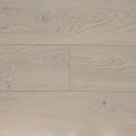 Light
Light Grey
Grey Natural
Natural Dark
Dark White
White Light
Light Grey
Grey Natural
Natural Dark
Dark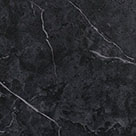 Black
Black